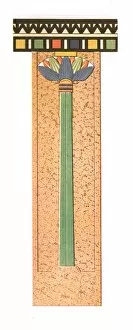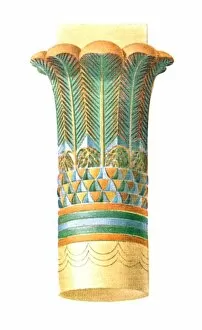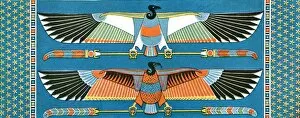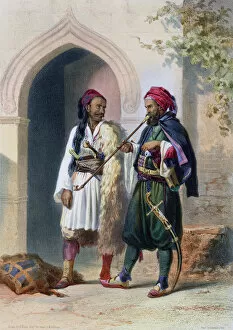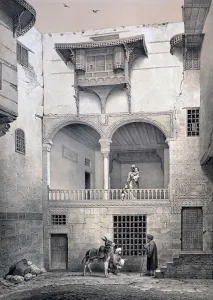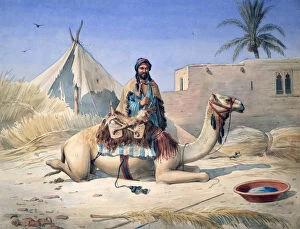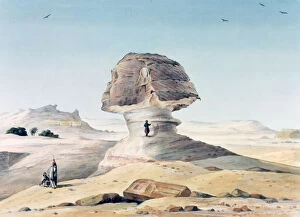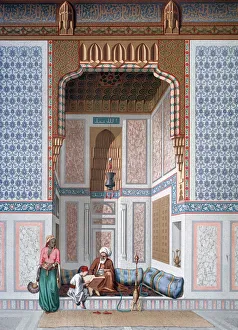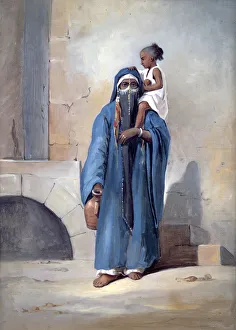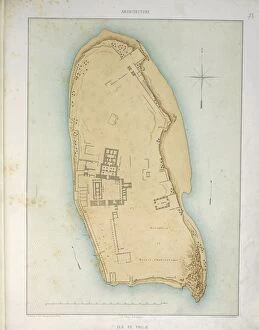Emile Prisse Davennes Collection
Emile Prisse Davennes was a French Egyptologist and architect who dedicated his life to documenting the rich cultural heritage of Egypt
All Professionally Made to Order for Quick Shipping
Emile Prisse Davennes was a French Egyptologist and architect who dedicated his life to documenting the rich cultural heritage of Egypt. In 1928, a column from Luxor, Egypt caught the attention of an unknown creator, leading to an intriguing discovery. One of Emile's notable findings was the exquisite detail in the main hall of El Bordeyny Mosque in Cairo. The intricate carvings showcased men in prayer, reflecting the devotion and spirituality embedded within Islamic architecture. Delving further into Cairo's architectural wonders, Emile explored the Mosque of Ibn Tulum. Inside its Maqsurah, he marveled at its grandeur dating back to the 9th century. This sacred space held stories untold and whispered secrets from centuries past. Captivated by history's embrace, Emile ventured towards Sultan Qalaum's tomb. Engraved Arabic art adorned this 14th-century monument in Cairo, revealing tales etched within every stroke. It stood as a testament to time and honored those who came before us. In his quest for knowledge, Emile found himself immersed in Al-Azhar Mosque's main courtyard. Dating back to the 10th century, it emanated tranquility amidst bustling city life—a sanctuary where worshippers sought solace and enlightenment. The journey continued with another glimpse into El Bordeyny Mosque's main hall—the epitome of architectural brilliance from the 17th century. Its beauty transcended time as each corner whispered stories that only keen observers could decipher. Emile couldn't resist exploring more mosques; thus he encountered Mohammed-ben-Qalaum mosque’s mihrab—an artistic masterpiece crafted during the same era as Sultan Qalaum’s tomb—showcasing meticulous details that left him awestruck. Not limited to mosques alone, Emile also discovered ancient relics beyond Cairo's borders. A Ptolemaic capital captured his attention in Edfu, Egypt.








